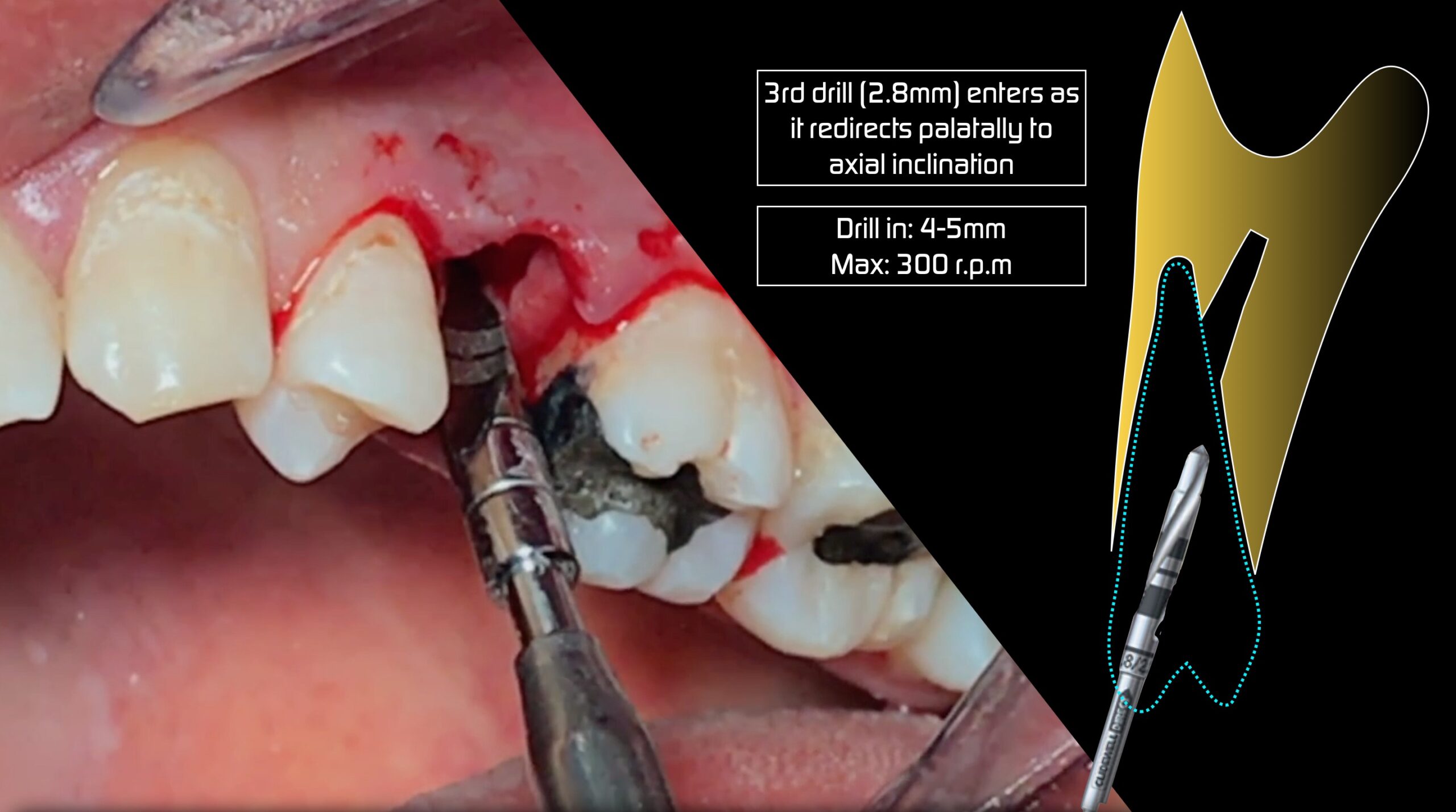

single implants are what i'm considering, unless more of my teeth have to go in future years, then the All On 4 denture implant is something i would think about. everyone is different though, so my experience cannot be concluded for everybody's experience - all mouths are different.Īs for replacement options, they are ALL way above my budget and finances, so i might (or not) have the opportunity to think about that in the future. these small issues are from two teeth i had pulled 3 years ago, and i am just starting to see the effects of the shifting and such in the past few months or so. the only shift i have seen is my canine tooth upper right shifting slightly, and my solitary molar between two spaces slightly loose - but not to the point where it bothers me or is a problem (yet). I am now (as of an hour ago) missing 5 molars, 1 premolar, and 2 wisdom teeth. somebody please correct me if i am wrong. You should definitely consult with a dentist to see if they can give you a better idea from looking at your mouth and xrays.įrom my limited reading, removed molars tend to cause the teeth in front of them to shift forward. But I think it also varies from mouth to mouth. I think for a single tooth the impact isn't all that great. I'm not sure of all the possibilities of movement of the surrounding teeth. (Not everyone is eligible for implants, but usually the problem there is not enough bone, as opposed to too much). The third option is a "flipper" or partial denture, which is really mostly cosmetic.Īll of these options are designed to deal with a missing tooth, and the healing process of bone regrowth doesn't interfere with your ability to pick one later down the road. I think this also provides some structural support, since the crown maintains the right lateral separation (although only above the gumline). Since there is no replacement tooth to stop the formation, the root will emerge from the jawbone and become more prone to infection and decay. A bridge is like a three tooth crown: the two adjacent teeth will be shaped to accept a crown, and then the two outer crowns of the bridge are bonded to these, with the middle crown fitting on top of the missing tooth. In this condition, the adjacent teeth will compensate for the missing tooth by filling the gap and growing. It provides structure that helps prevent movement from other teeth, and is actually necessary if you want to get an implant later (the implant needs something to bond to). The growth of this bone is actually very good. The bone is all below the gumline- you won't actually grow a new tooth, obviously! Very soon after, bone starts to fill in the empty space, and typically within about six months the bone is restored. The clot protects the socket from any contamination or other foreign matter getting in and irritating the nerves and blood vessels. Hopefully one of the professionals here can lend an opinion, but here's what I know.Īfter the tooth is extracted, a blood clot forms in the empty socket (this sounds really gross, but mostly it just means it bleeds for a little while and then stops).


 0 kommentar(er)
0 kommentar(er)
